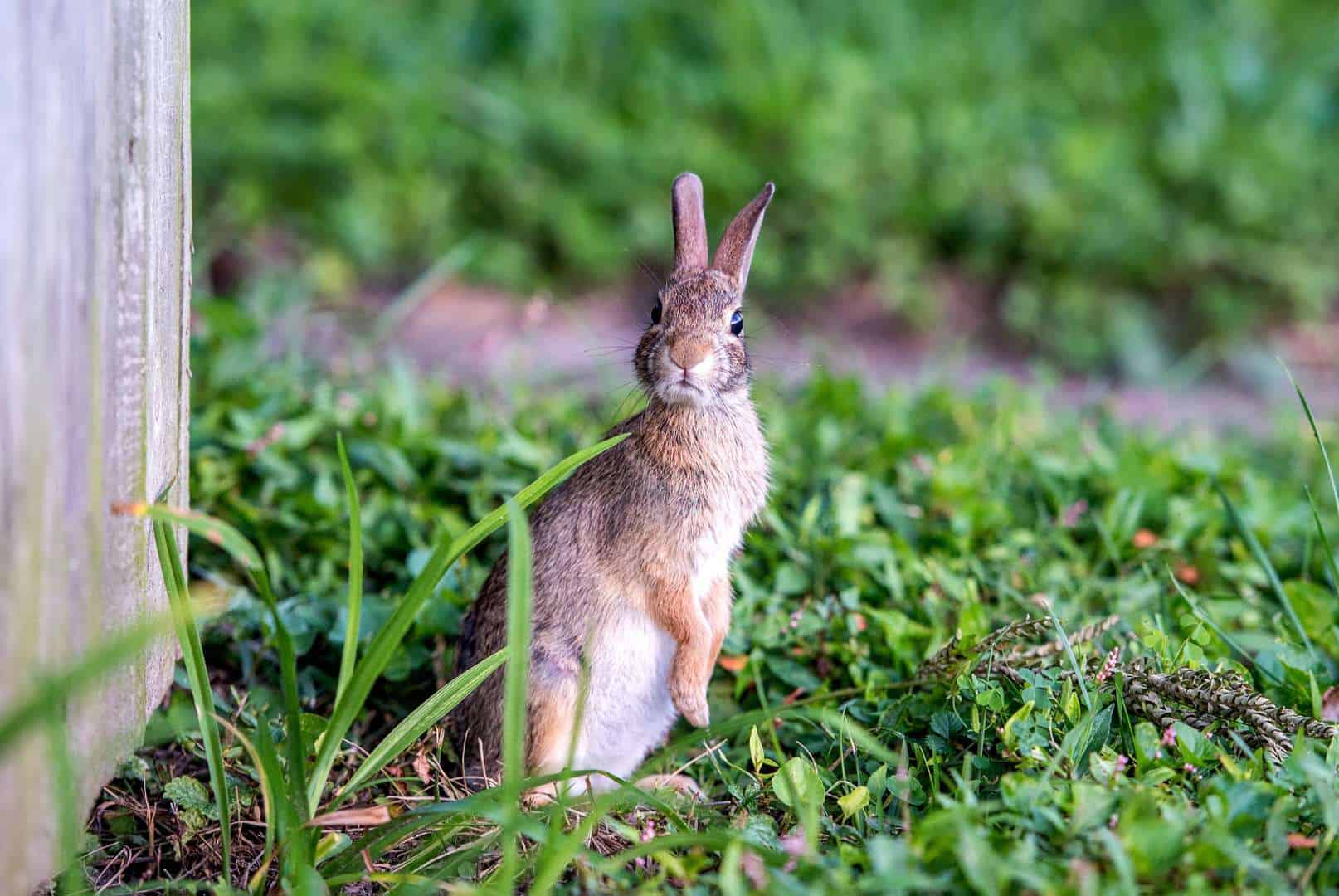

Articles
How To Get Rid Of Rabbits In Your Garden
Modified: February 29, 2024
Discover effective gardening techniques to get rid of rabbits in your garden. Protect your plants from these pesky critters with proven methods and tips.
(Many of the links in this article redirect to a specific reviewed product. Your purchase of these products through affiliate links helps to generate commission for Storables.com, at no extra cost. Learn more)
Introduction
Gardening is a beloved hobby for many people, providing a tranquil escape and the opportunity to cultivate beautiful plants and flowers. However, for gardeners facing the challenge of a rabbit infestation, this peaceful pastime can quickly turn into a frustrating battle. Rabbits are notorious for their voracious appetites and ability to quickly decimate a garden.
In this article, we will explore effective strategies to get rid of rabbits in your garden, allowing you to protect your plants and maintain the lush oasis you’ve worked so hard to create. By understanding rabbit behavior and implementing proven methods, you can reclaim your garden and keep these furry invaders at bay.
But first, let’s take a closer look at the common rabbit species you may encounter in your garden.
Key Takeaways:
- Protect your garden from rabbit damage by implementing a combination of strategies such as fencing, natural repellents, removing food sources, scare tactics, and seeking professional help for a comprehensive and effective approach.
- Understand rabbit behavior, identify damage, and tailor your approach to rabbit control based on the specific species in your area. Persistence and a variety of tactics are key to successfully getting rid of rabbits in your garden.
Read more: How To Get Rid Of Rabbits Under My Porch
Understanding the Common Rabbit Species
Before diving into the methods to get rid of rabbits in your garden, it’s important to have a basic understanding of the common rabbit species that may be causing havoc in your plants.
There are several species of rabbits found around the world, but the two most widespread and troublesome ones are the Eastern Cottontail (Sylvilagus floridanus) and the European Rabbit (Oryctolagus cuniculus).
The Eastern Cottontail is native to North America and is characterized by its brownish-gray fur, white fluffy tail, and large hind legs. They are prolific breeders and can rapidly multiply in numbers, leading to a high population density in a short amount of time.
The European Rabbit, as the name suggests, is native to Europe but has been introduced to various other regions, including North America and Australia. They have soft fur in various colors, including gray, brown, and white. European Rabbits also reproduce quickly, making them a formidable pest in gardens and agricultural areas.
Both species of rabbits have similar feeding habits and preferences. They primarily feed on young, tender plant shoots, bark, and tender vegetation. Their constant gnawing can cause extensive damage to plants, leading to stunted growth and even death of the plants.
Understanding the specific rabbit species in your area can help you tailor your approach to rabbit control effectively. Now that we know more about the common species, let’s move on to identifying rabbit damage in your garden.
Identifying Rabbit Damage in Your Garden
Once you suspect that rabbits are causing damage to your garden, it’s important to confirm their presence and identify the extent of the damage. Here are some signs to help you determine if rabbits are to blame:
- Bite marks: Rabbits have distinct teeth marks that leave behind clean, angled cuts on plant stems and leaves. Check for these bite marks on your plants, especially near ground level.
- Grazing patterns: Rabbits tend to feed on vegetation close to the ground, resulting in neatly trimmed plants or low-growing vegetation being completely nibbled.
- Scat piles: Rabbit droppings, also known as scat, resemble small, round pellets and are often found scattered throughout the garden. These droppings are typically brown and can provide further evidence of rabbit activity.
- Burrows: Rabbits dig burrows and create nests to rest and breed. Look for burrow entrances near your garden, especially along fence lines or under dense vegetation.
- Footprints: If you suspect rabbits but have difficulty seeing them in action, you can inspect the soil for distinctive rabbit footprints. These footprints are typically round with four toes in front and five toes in the back.
By observing these signs, you can confirm the presence of rabbits and determine the extent of the damage. This knowledge will help inform your approach to effectively get rid of them and prevent further destruction.
Now that we know how to identify rabbit damage, let’s explore various strategies to deter them from your garden.
Fencing as a Rabbit Deterrent
One of the most effective ways to prevent rabbits from accessing your garden is by installing a physical barrier in the form of a fence. A well-designed fence can act as a deterrent and keep rabbits out of your precious plants. When it comes to rabbit fencing, here are some key considerations:
Fence Height
Rabbits are agile and can jump at impressive heights. To ensure your fence is effective, it needs to be at least 2 feet high. However, for added security, a fence with a height of 3 to 4 feet is recommended.
Read more: How To Get Rid Of Voles In Garden
Fence Depth
Rabbits are skilled diggers and can burrow under fences if given the opportunity. To prevent this, it’s important to bury the bottom of the fence at least 6 to 12 inches into the ground. This will create a barrier that rabbits will find difficult to bypass.
Fence Material
Choose a durable and sturdy material for your rabbit fence. Options include wire mesh, chicken wire, or hardware cloth. Make sure the gaps in the fence are no larger than 1 inch to prevent rabbits from squeezing through.
Fence Maintenance
Regularly inspect your fence for any holes, gaps, or damage. Repair any weak spots to ensure the integrity of the fence. Additionally, consider extending the fence above ground level to prevent rabbits from jumping over.
Remember, rabbits are persistent creatures, so it’s important to make your fence as secure as possible. This means ensuring it is tall enough, buried deep enough, and made of materials that rabbits cannot easily breach.
While fencing can be an effective rabbit deterrent, it may not be feasible for every garden due to cost, aesthetics, or other considerations. In such cases, you can explore alternative methods, such as natural repellents.
Next, we’ll discuss using natural repellents to keep rabbits away from your garden.
Natural Repellents for Rabbits
If you prefer to avoid physical barriers like fences, you can try using natural repellents to deter rabbits from your garden. These repellents work by emitting odors or tastes that rabbits find unpleasant, effectively discouraging them from feasting on your plants. Here are some natural repellents to consider:
Read more: How To Get Rid Of Earwigs In Garden
Garlic and Chili Pepper Spray
A mixture of garlic and chili pepper can act as a powerful rabbit repellent. Simply blend several cloves of garlic with hot chili peppers and water, then strain the mixture and transfer it into a spray bottle. Apply the spray to your plants, focusing on areas where rabbits are likely to feed.
Strong-Scented Herbs
Rabbits have a strong sense of smell, so planting herbs with strong aromas can help deter them. Some effective options include lavender, rosemary, thyme, and sage. The strong scents of these herbs can mask the enticing smell of your plants, making them less attractive to rabbits.
Predator Urine
Rabbits are naturally wary of predators, so the scent of predator urine can help deter them. You can purchase predator urine, such as fox or coyote urine, from garden centers or online. Apply the urine around the perimeter of your garden to create a scent barrier that rabbits will want to avoid.
Repellent Plants
Some plants have natural properties that repel rabbits due to their taste or odor. Planting these repellent plants around your garden can help protect your vulnerable plants. Examples of repellent plants include marigolds, yarrow, and catnip.
It’s important to note that natural repellents may need to be reapplied regularly, especially after rainfall or heavy watering. Additionally, keep in mind that some natural repellents may also deter beneficial insects, so use them judiciously and consider alternative methods if needed.
While natural repellents can be effective in deterring rabbits, they may not provide 100% protection. In some cases, it may be necessary to combine repellents with other strategies, such as removing food sources, to reinforce the deterrent effect.
Next, let’s explore how removing food sources can help discourage rabbits from your garden.
Read more: How To Get Rid Of Garden Weeds
Removing Food Sources
Rabbits are attracted to gardens because of the abundance of tempting food sources. By removing these food sources, you can make your garden less attractive and discourage rabbits from taking up residence. Here are some effective ways to limit their food supply:
Remove Fallen Fruits and Vegetables
Rabbits are opportunistic feeders and will happily munch on fallen fruits and vegetables. Regularly check your garden for any fallen produce and promptly remove them. Dispose of them properly or compost them away from the garden to avoid enticing rabbits.
Clear Debris and Weeds
Debris and overgrown weeds provide hiding spots and sources of food for rabbits. Clear any debris, such as piles of leaves or brush, from your garden. Additionally, regularly weed your garden to eliminate hiding spots and reduce potential food sources for rabbits.
Protect Young and Tender Plants
Rabbits are particularly drawn to young and tender plant shoots. Use physical barriers, such as chicken wire cages or plant covers, to protect vulnerable plants until they are established and less appealing to rabbits. This extra layer of protection can significantly reduce the chances of rabbit damage.
Read more: How To Get Rid Of Grass In A Garden Bed
Choose Rabbit-Resistant Plants
When planning your garden, consider planting rabbit-resistant varieties of plants. While no plant is entirely rabbit-proof, some varieties are less appealing to rabbits due to their taste or texture. Research and select plants that are known to be less attractive to rabbits, reducing the likelihood of them becoming a primary food source.
By removing potential food sources, you can make your garden less enticing to rabbits. This, coupled with other deterrent strategies, can help significantly reduce the rabbit population in your garden.
However, if rabbits continue to be a persistent problem, you may need to consider more aggressive tactics to control their numbers. In the next section, we’ll explore scare tactics as a means of rabbit control.
Scare Tactics for Rabbit Control
Scare tactics can be an effective way to deter rabbits from your garden by instilling fear and making them think twice before entering. These methods aim to replicate potential threats and create an environment that rabbits find inhospitable. Here are some scare tactics to consider:
Visual Deterrents
Visual deterrents can be as simple as placing scarecrows, reflective materials, or old CDs around your garden. The movement and shine will startle rabbits and make them think twice about entering. You can also install motion-activated devices that emit bright lights or loud noises when triggered, further deterring rabbits from your garden.
Predator Decoys
Rabbits are always on the lookout for potential predators. By strategically placing decoys of predators, such as owls or hawks, around your garden, you create the illusion of danger. The sight of these decoys can make rabbits feel unsafe and encourage them to seek shelter elsewhere.
Read more: How To Get Rid Of Caterpillars In The Garden
Ultrasonic Devices
Ultrasonic devices emit high-frequency sounds that are unpleasant to rabbits, but inaudible to humans. These devices can be placed in your garden and activated when rabbits are most active. The high-frequency sounds will deter rabbits from approaching, providing a long-range and non-harmful solution to rabbit control.
Motion-Activated Water Sprinklers
Rabbits are wary of water and can be startled by sudden sprays. Motion-activated water sprinklers are an effective way to deter them from your garden. These sprinklers activate when rabbits come within range, spraying them with water and creating a deterrent effect.
Remember to periodically change the location or move these scare tactics around your garden to prevent rabbits from becoming accustomed to their presence.
While scare tactics can be effective, they may not work as a standalone solution. It’s important to combine them with other strategies, such as fencing or natural repellents, for a comprehensive approach to rabbit control.
If you’re still struggling with a persistent rabbit problem despite your best efforts, it may be time to consider trapping and relocating rabbits. We’ll discuss this option in the next section.
Trapping and Relocating Rabbits
If all other methods have proven unsuccessful in controlling the rabbit population in your garden, trapping and relocating rabbits may be a viable option. It’s important to note that trapping and relocating should be done responsibly and in compliance with local laws and regulations. Here’s what you need to know:
Choosing the Right Trap
There are various types of live traps available for capturing rabbits. Select a trap that is appropriate for the size of the rabbits in your area. Make sure the trap is sturdy, humane, and designed to prevent harm to the rabbit during capture.
Read more: How To Get Rid Of Ants In Your Grass
Placement and Baiting
Place the trap in areas where rabbits frequent or near their burrow entrances. Ensure the trap is securely anchored to prevent escape. Use rabbit-friendly bait, such as fresh vegetables or apple slices, to entice the rabbits into the trap.
Check the Trap Regularly
It’s crucial to check the trap regularly to minimize stress and potential harm to the captured rabbits. Once trapped, handle the rabbits with care and use protective gloves to avoid injury. After capture, it’s best to release the rabbits in suitable habitat away from your garden, preferably in consultation with local wildlife authorities.
Preventing Recolonization
To prevent rabbits from returning after relocation, it’s important to address the factors that attracted them in the first place. Implement deterrent strategies like fencing, natural repellents, or removing food sources to discourage new rabbits from taking their place.
Trapping and relocating rabbits should only be considered as a last resort when other methods have failed. It’s essential to prioritize the well-being of both the rabbits and your garden while adhering to local regulations.
If you’ve tried various methods without success, seeking professional help may be the next best step. Let’s explore this option in the next section.
Seeking Professional Help
If your rabbit problem persists despite your best efforts, seeking professional help is a sensible option. Pest control experts or wildlife management professionals have the knowledge and experience to effectively address rabbit infestations. Here’s how professional assistance can benefit you:
Read more: How To Get Rid Of Snakes In Your Basement
Assessment and Customized Solutions
Professional exterminators will assess your garden and identify the specific rabbit species causing the problem. They will then devise a customized plan tailored to your situation, taking into account factors such as the size of the infestation, the layout of your garden, and any local regulations or restrictions.
Ethical and Effective Methods
Professional pest control services prioritize ethical and humane methods for dealing with rabbit infestations. They employ a range of effective tactics, such as exclusion techniques, habitat modification, and targeted trapping, to reduce rabbit populations without causing unnecessary harm to the animals or the environment.
Long-Term Prevention
Professional help goes beyond immediate rabbit control. These experts can offer advice on long-term prevention strategies to help minimize the risk of future rabbit infestations. They may recommend modifications to your garden, suggest additional deterrent methods, or provide ongoing monitoring and maintenance for lasting results.
Compliance with Regulations
Working with professionals ensures that you are in compliance with any local or regional regulations regarding rabbit control. They are familiar with the legal requirements and can navigate the necessary permits or approvals, ensuring that your actions are lawful and environmentally responsible.
While seeking professional help may come with a cost, it can save you time, frustration, and potential damage to your garden. It offers a comprehensive and expert approach to dealing with persistent rabbit infestations.
To conclude, by considering professional assistance, you can benefit from their knowledge, experience, and ethical approach to effectively manage your rabbit problem and restore peace to your garden.
By implementing the strategies discussed throughout this article, such as fencing, natural repellents, removing food sources, scare tactics, trapping, or seeking professional help, you can regain control over your garden and protect your plants from destructive rabbit damage.
Remember, persistence and a combination of tactics tailored to your specific situation are key to successfully getting rid of rabbits in your garden. Happy gardening!
Read more: How To Get Rid Of Moles In Your Grass
Conclusion
Dealing with a rabbit infestation in your garden can be frustrating, but with the right strategies and persistence, you can regain control and protect your plants. By understanding the common rabbit species, identifying rabbit damage, and implementing effective deterrents, you can create an inhospitable environment for rabbits and keep them from feasting on your beloved plants.
Fencing is a reliable and practical way to keep rabbits out of your garden. Ensure the fence is the appropriate height, depth, and made of durable material to prevent rabbits from breaching it. If fencing is not an option, natural repellents can be used to make your plants less appealing. Experiment with garlic and chili pepper sprays, strong-scented herbs, and predator urine to deter rabbits effectively.
In addition to deterrents, removing food sources like fallen fruits and vegetables, clearing debris, and protecting vulnerable plants can reduce the attraction for rabbits. Incorporating scare tactics, such as visual deterrents and predator decoys, can create an atmosphere that rabbits find threatening. Trapping and relocating rabbits should be considered as a last resort, and it’s important to adhere to local regulations and prioritize the well-being of the animals.
If your efforts have been in vain, seeking professional help can provide a comprehensive solution. Pest control experts or wildlife management professionals can assess the situation, devise customized strategies, and offer long-term prevention methods to tackle rabbit infestations effectively.
Remember to be persistent and combine multiple strategies to achieve the best results. While rabbits can be a garden pest, with patience and dedication, you can create a thriving garden that remains off-limits to these furry invaders.
Take control of your garden today and enjoy the beauty and serenity it provides without the interference of rabbits. Happy gardening!
Frequently Asked Questions about How To Get Rid Of Rabbits In Your Garden
Was this page helpful?
At Storables.com, we guarantee accurate and reliable information. Our content, validated by Expert Board Contributors, is crafted following stringent Editorial Policies. We're committed to providing you with well-researched, expert-backed insights for all your informational needs.
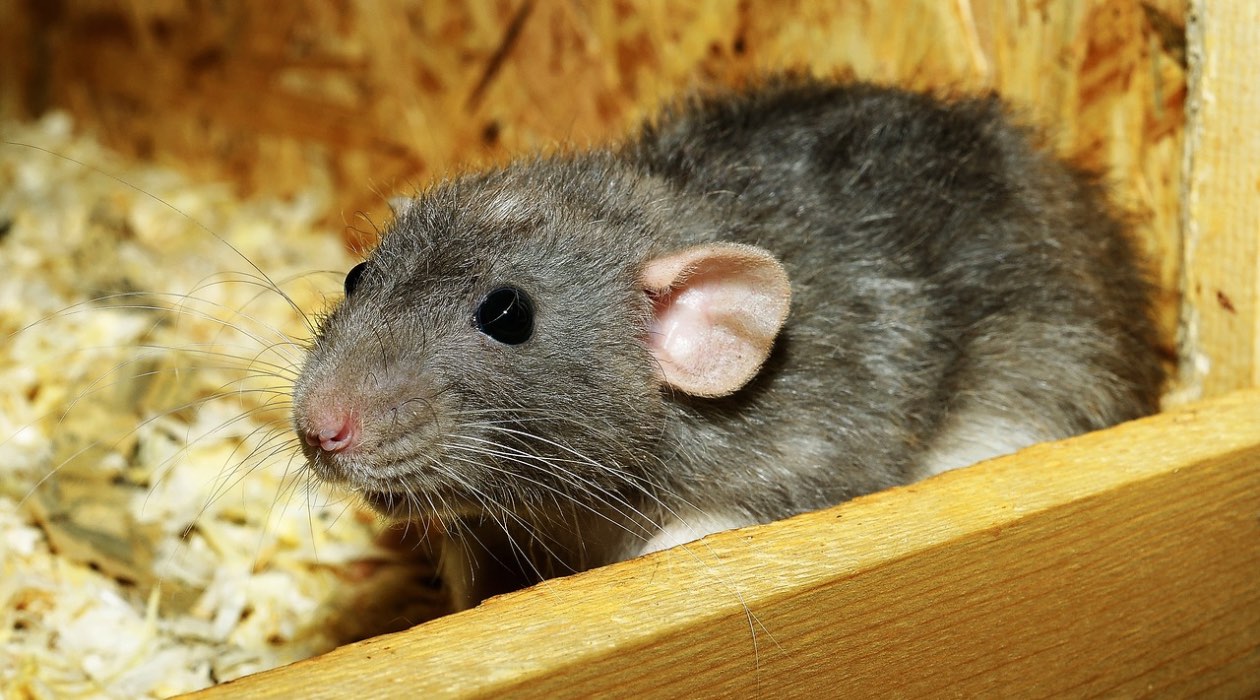
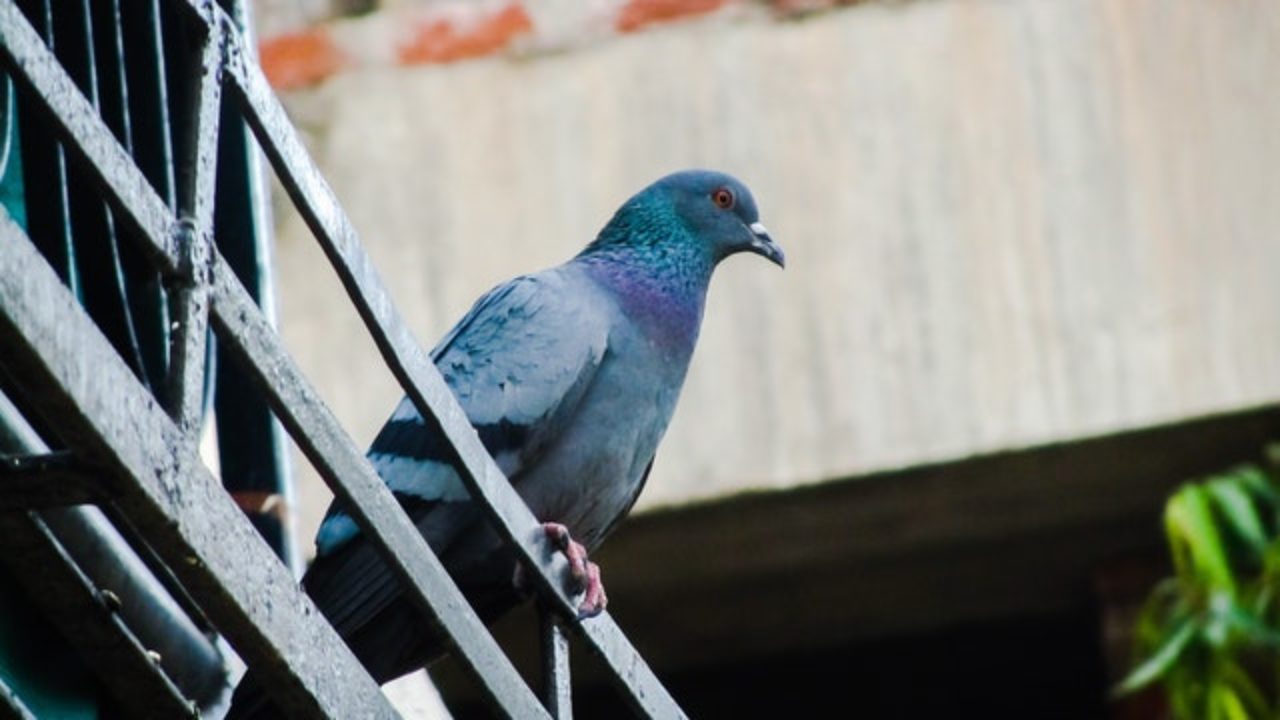
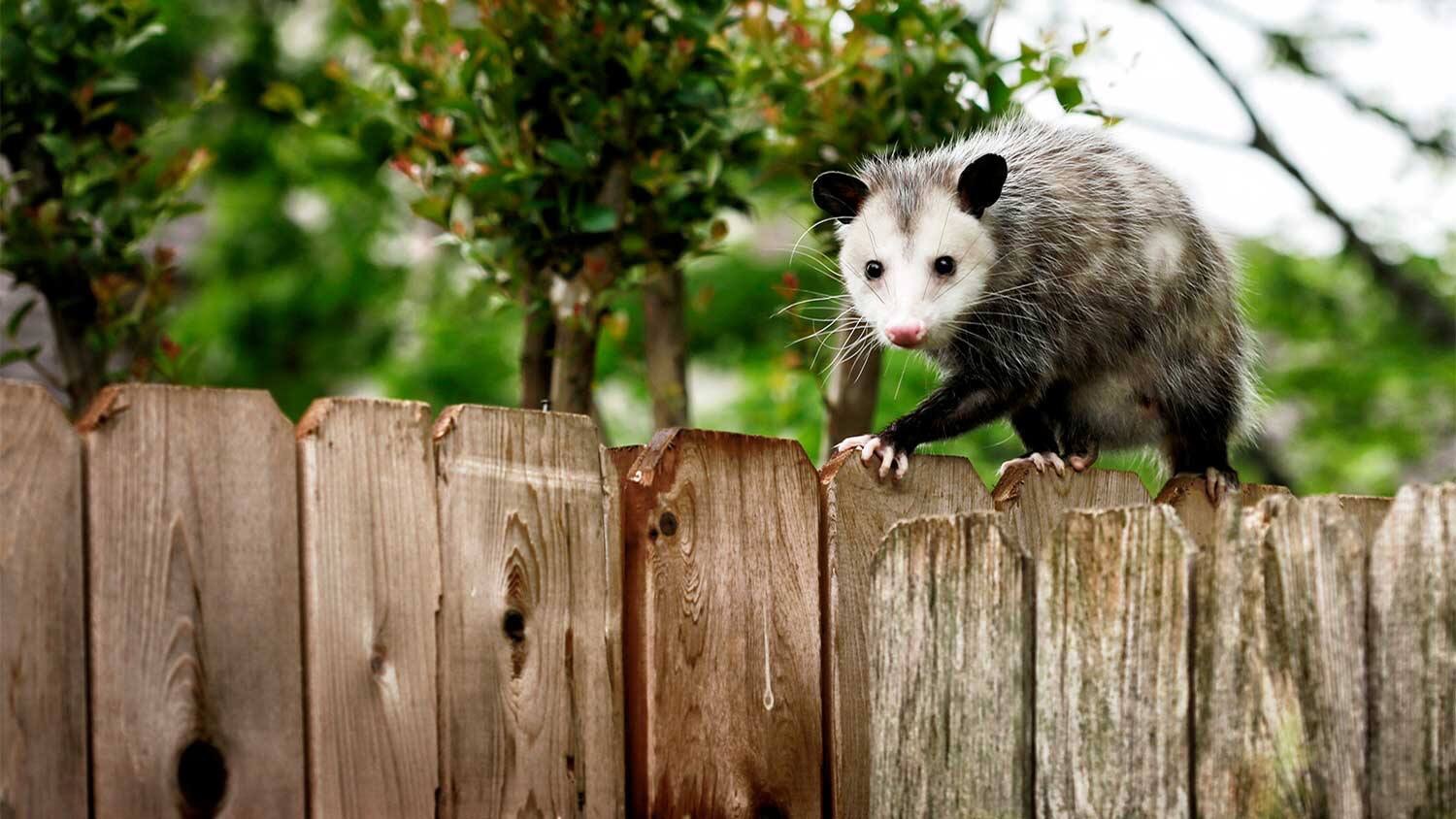
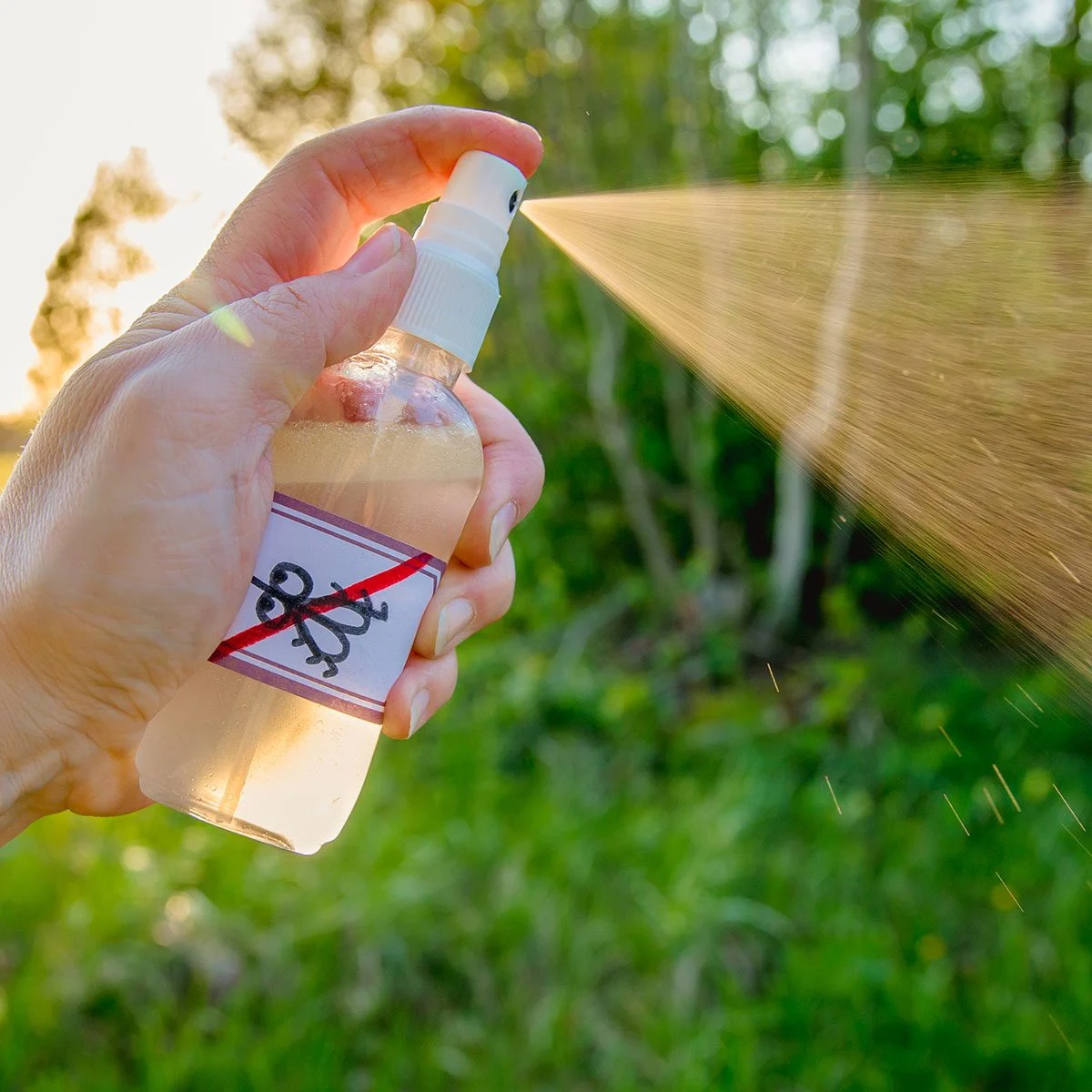
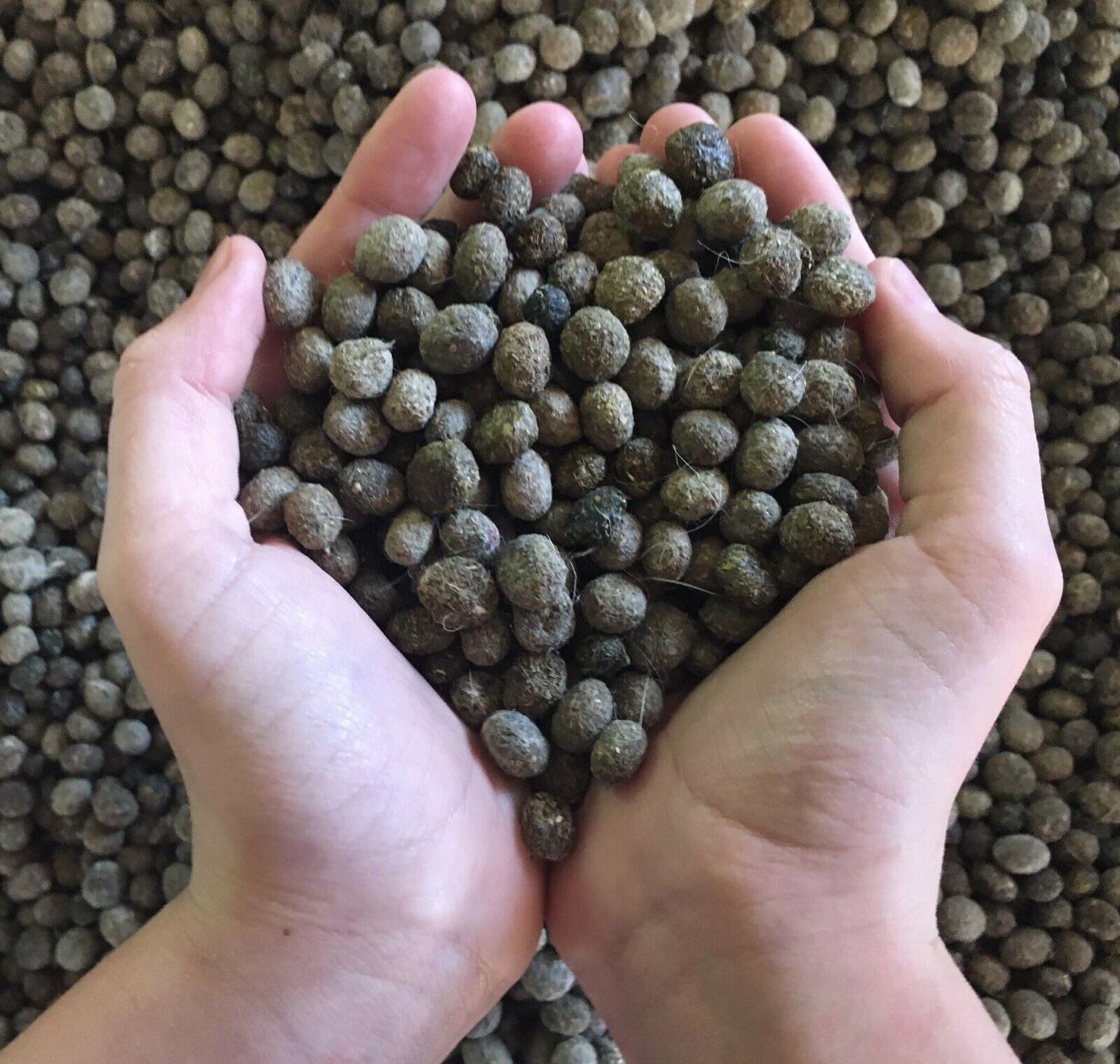
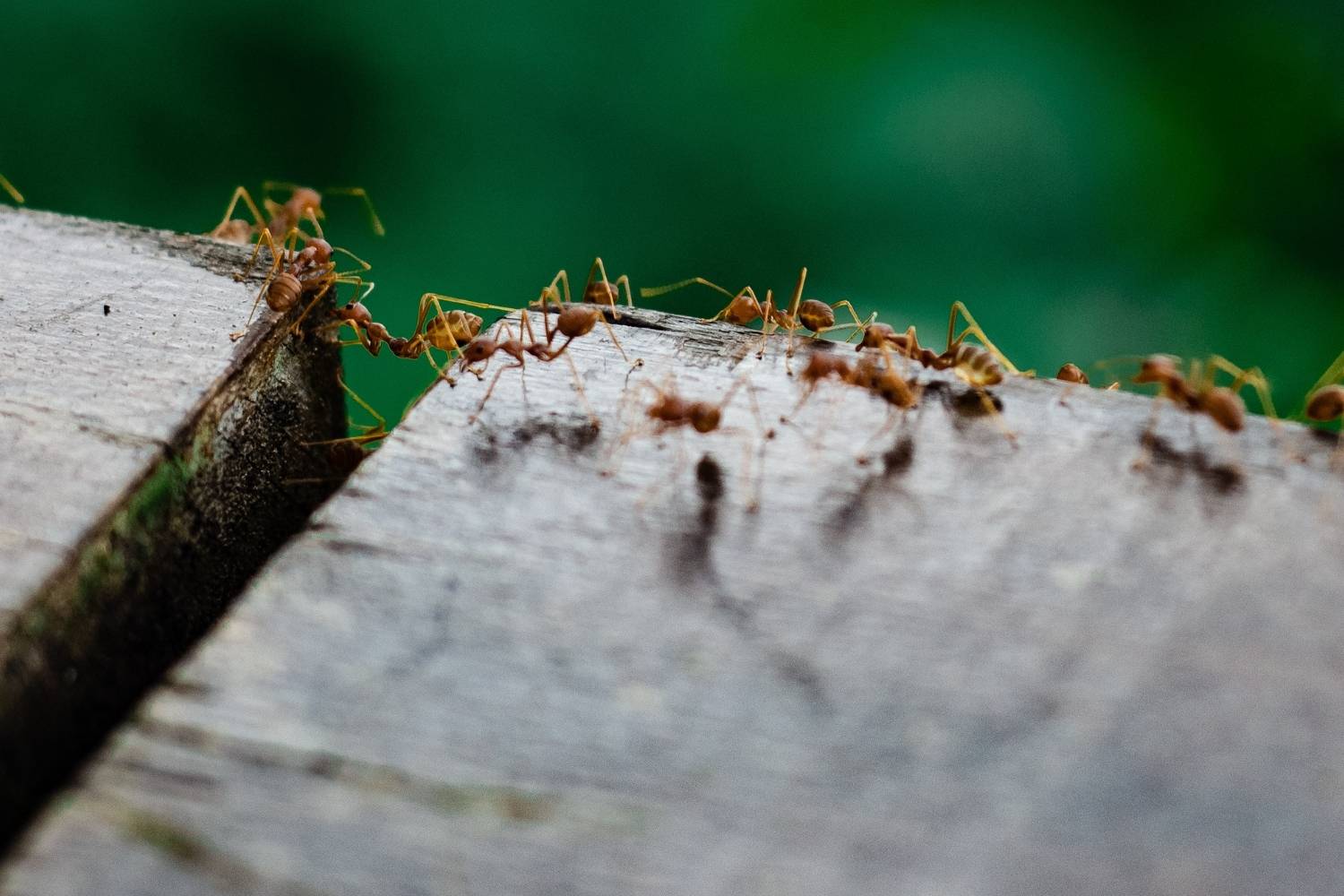
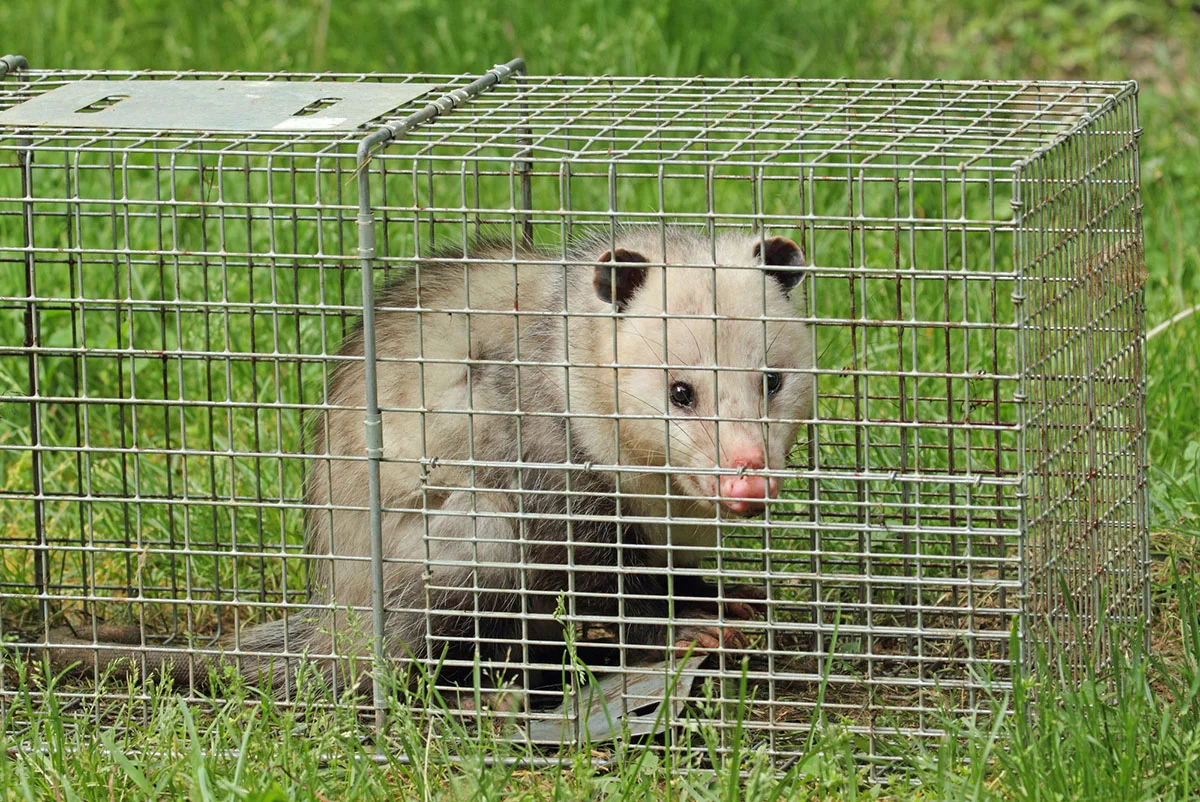

0 thoughts on “How To Get Rid Of Rabbits In Your Garden”